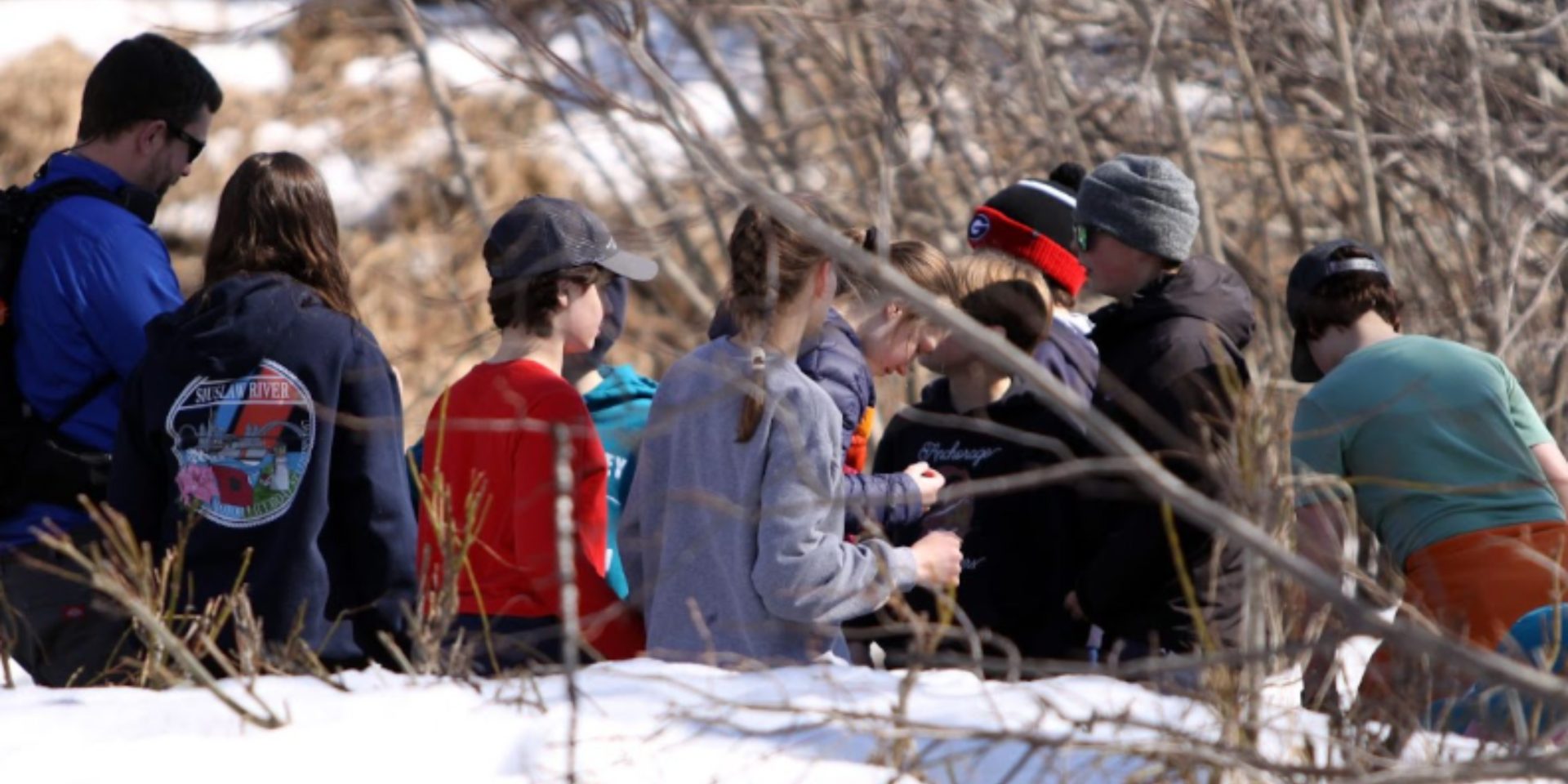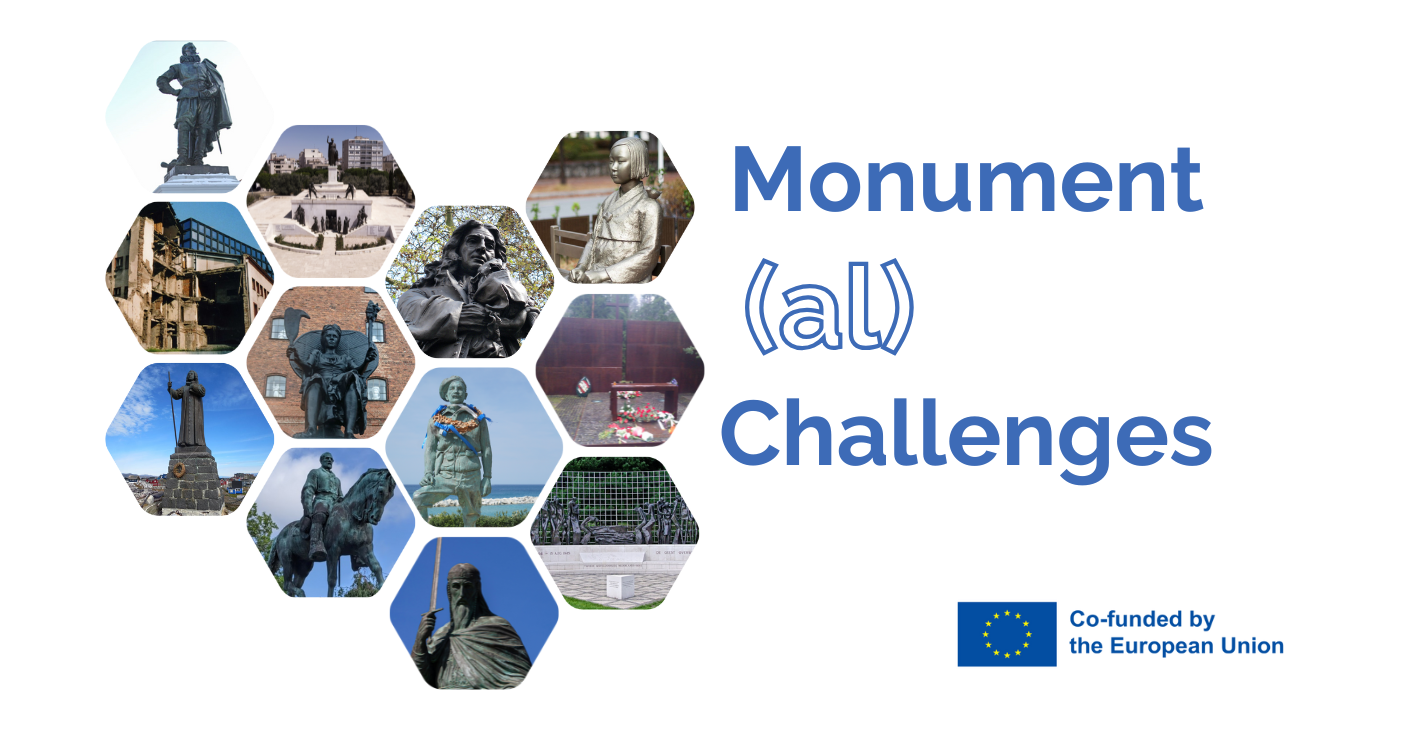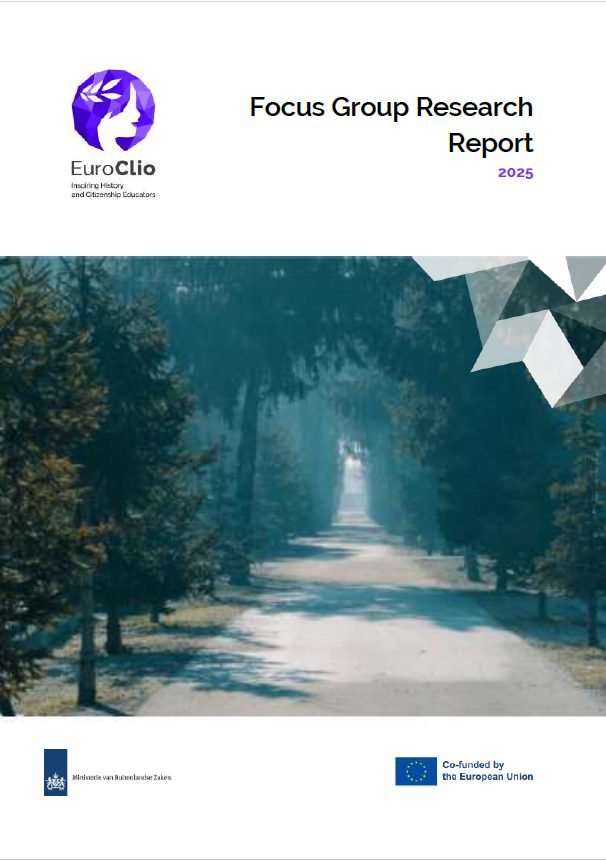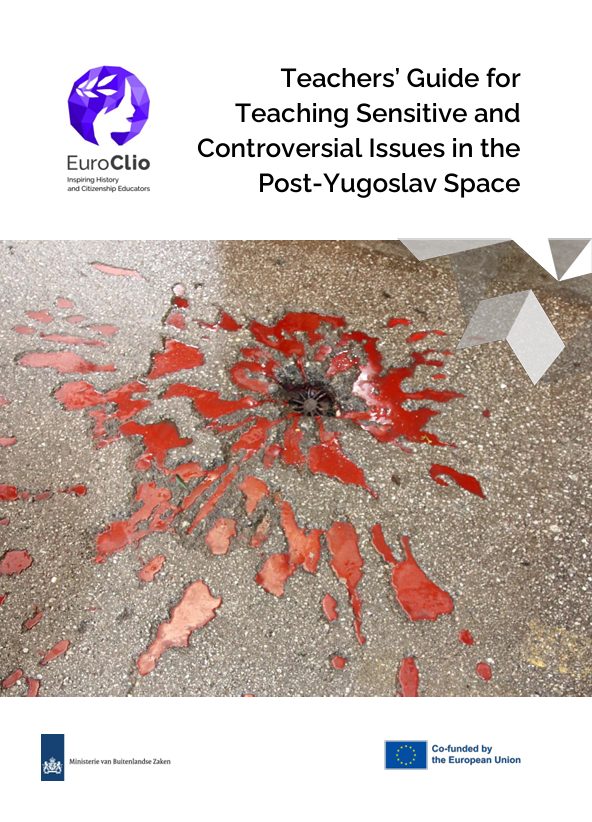By Helena Elgindy,Värska Gümnaasium, Estonia
Background
The Setos are a unique linguistic minority in South-East Estonia. Singing has always been a vital part of Seto history, culture and heritage. The Setos’ polyphonic style of folk singing, called leelo, is on the UNESCO list of intangible culture and is believed to be at least 1000 years old. Songs have been made about shepherding, everyday work, love and beliefs, grief and even about political events. In history lessons, we take a deeper look at these songs, which were rarely written down but rather passed on orally through generations, to try to have a better understanding of the historical events and the historical context behind their lyrics. The activities provide a valuable insight about the life and history of Seto people as well as Estonian history in general.
Introduction to the Practice
Songs have been an important part of the local culture, but for new generations these songs give little meaning, as the society has transformed tremendously since these songs have been created. Furthermore, the Seto language is not so well known to students anymore and even though they sing these songs themselves, they do not necessarily understand their meaning or their context. As a vital part of the culture, local folk songs provide the teachers with new means to look at events in Estonian history through decoding of the lyrics, subtexts and meanings. By doing this, students can acquire a deeper understanding of their own history and culture as well as critical thinking skills.
Target group
Students from 5th grade till 12th have the opportunity to once or twice during a school year to tackle a certain historical period or event by analysing the seto leelo song. Our classes are small, with 5-12 students on average. Local folk singers are also part of this project as they provide the teacher with songs and accompanying explanations of the lyrics, as the teacher sometimes also lacks a good understanding of the Seto language.
Teaching practice format
Using song lyrics is part of a lesson and usually takes one 45 min lesson. Beforehand the students will have studied the historical period (i.e Stalinism), and during the lesson they look at one or several songs about this era and try to decode it. They are given different tasks, for example one group looks for hints about the society, the other one about work, while a third group finds adjectives used to describe the period.
Description of the practice
There are multiple ways one can use lyrics as a means to understand history. There is an option to listen to the song without lyrics and ask students to write down singular words they catch about certain topics (individuals, work, life, troubles, events etc). Students then use digital technology to add those words to a joint mindmap (www.mentimeter.com), followed by a joint discussion about what was learnt through the song, piecing together a bigger picture. They may also have lyrics in front of them if their language skills are sufficiently strong.
Anoyher option I have used is to have the students listen to the song and read the lyrics. They are then asked to use a RAFT method of creative writing to tackle certain issues the song and the society it reflects. For example, in leelo song about WWII, students could either choose a role of a peasant or a soldier to describe either their livelihood, their worries, their condition, their fears, etc.. Students can use the information and descriptions given in the leelo song to complete this task.
Target age group: 5th to 12th Grade
Time : 45 min
Students from 5th grade till 12th have the opportunity to once or twice during a school year to tackle a certain historical period or event by analysing the seto leelo song. Our classes are small, with 5-12 students on average. Local folk singers are also part of this project as they provide the teacher with songs and accompanying explanations of the lyrics, as the teacher sometimes also lacks a good understanding of the Seto language.
Obstacles and lessons learned
The main obstacle is the language barrier, for students and teacher both. Seto language is not a written language and there are few ways to learn it. Students privileged enough to have learnt this dialect from home have a better understanding of the songs and their meanings, but every year there are less and less students able to do this. Our school does offer heritage learning and seto language lessons in every few grade, but it is not always enough. But this obstacle can also be used as a tool to revive the need to use the language and actually understand it better, not just repeat it as you hear without consideration for the meaning of the lyrics.
The effect of the practice
The effects of the practice has yet to be researched, but I have collected reflections from my own students. Mostly they are excited to have a completely different understanding of songs they are used to singing since they were little. Hopefully that carries over to other songs as well and gives them the interest to look deeper into words and think critically about why songs were written, what messages are they conveying and reflect that back to current events and song culture as well. It also has been giving them more confidence to participate in seto singing events, as they now understand them and the words better. They have also pointed out the excitement to use a song as a tool to describe history.
About the author
Helena Elgindy is a history teacher, teaching kids from 12 to 18 year olds. She is also a Seto but moved to the region just 5 years ago, learning the language, culture and the history of the region from scratch.

What is the European Project About? – A Toolkit for Place-based Learning

Monument(al) Challenges: Set of Critical Classroom Incidents

Focus Group Research Report (Learning History that is not yet History II)

Teaching History that is not yet History – Teachers’ Guide for Teaching Sensitive and Controversial Issues in the Post-Yugoslav Space

Seeking Justice: From Nuremberg to The Hague – A Toolkit for Educators





